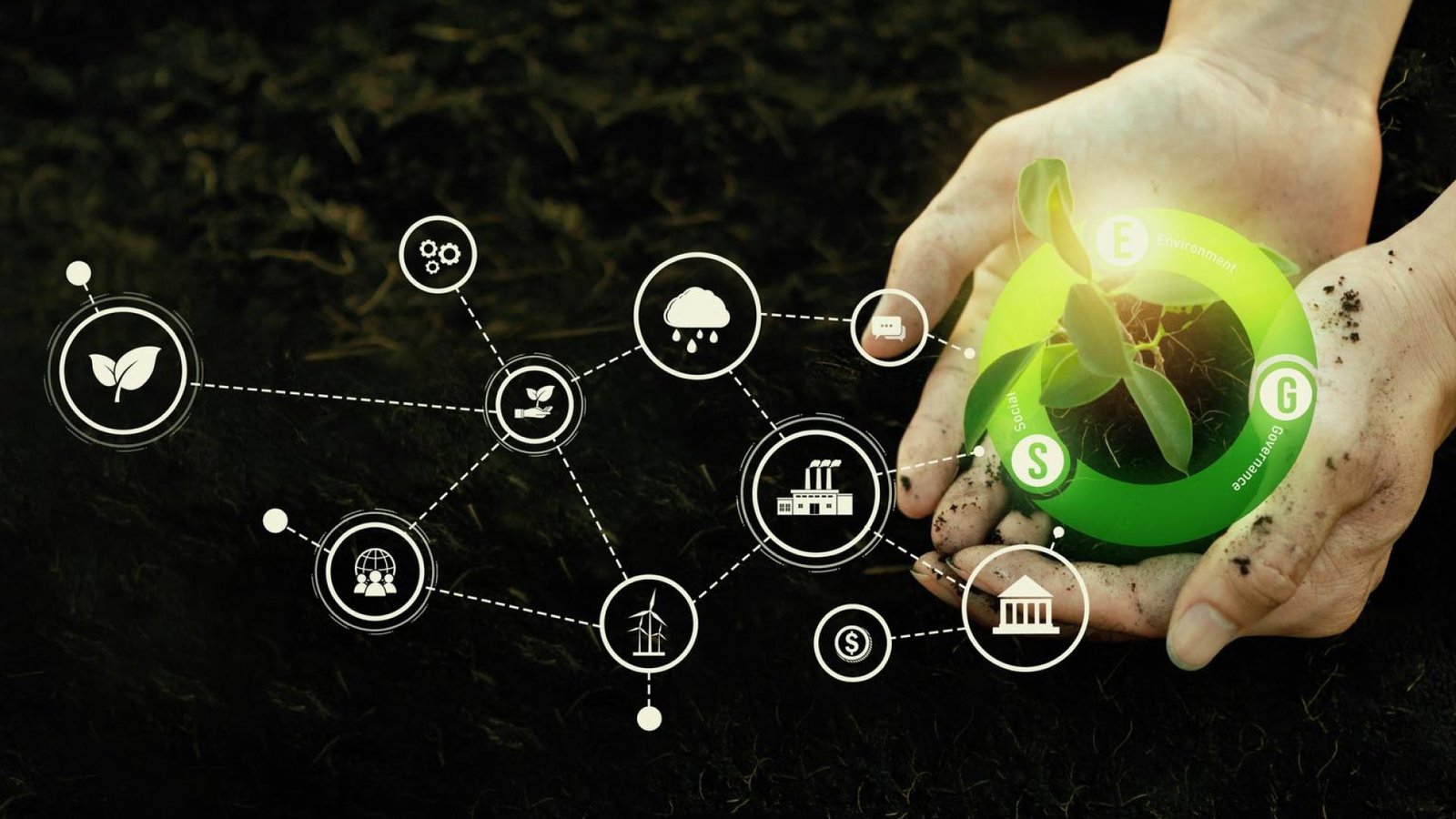Why biodiversity is a high-yield asset in 2025 and the key to long-term economic resilience.
Most executives know their balance sheets inside out, yet overlook the largest contributor to their bottom line—nature. Over $44 trillion of global GDP depends directly on healthy ecosystems, from water purification to pollination, fisheries to flood control. If these services vanish, so does a vast share of economic value. Boardrooms are beginning to realize that biodiversity is not a philanthropic cause—it is a high-yield asset with measurable returns.
Table of Contents
Are We Blind to the Costs We Create
How Do We Measure What We Don’t Price
When Nature Pays Back More Than It Costs
Can Markets Turn Conservation into Capital
Treating Biodiversity Like Financial Capital
Learning from the Lighthouse Companies
Nature-Positive as a Strategic Advantage
Addressing the Unspoken Doubts
Turning Nature into a Strategic Asset
Are We Blind to the Costs We Create
Biodiversity loss is already eroding economic resilience. The Intergovernmental Science-Policy Platform on Biodiversity and Ecosystem Services (IPBES) estimates that ecosystem degradation costs the world up to $25 trillion annually in lost goods and services. Yet, these costs rarely make it into financial models.
The question for leaders is simple: if your business is paying for these losses indirectly—through supply chain disruption, water scarcity, or climate-related damage—why isn’t it showing up in your risk registers?
How Do We Measure What We Don’t Price
GDP is the standard economic indicator of the past decades. At this point, some metrics such as Gross Ecosystem Product (GEP) and the natural capital accounting framework gain popularity. Standards: The Taskforce on Nature-related Financial Disclosures (TNFD) and the System of Environmental-Economic Accounting (SEEA), developed by the UN, are laying out new global standards. It makes businesses match environmental health and shareholder value by measuring ecosystem contributions. The stakeholders who by the year 2025 will be able to defend and even expand their competitive stand will be those who measure the value of nature.
When Nature Pays Back More Than It Costs
Restoration is not just an environmental play—it’s an investment strategy. UN research shows that every dollar invested in ecosystem restoration can return up to ten dollars in economic benefits. The costs of floods are minimized, and the air quality and carbon capturing are enhanced by regrowth in forests as well as increasing agricultural outputs through healthy soils due to wetland restoration. The opportunity is neither hypothetical nor is it a theory; it is a tested ROI, and already, the business-savvy organizations have begun to put their bets on this.
Can Markets Turn Conservation into Capital
Nature credits and biodiversity credits are becoming a sort of tradeable aggregate and are intended to spread out investment that is to be used in protecting nature. Those who jumped the gun are experimenting with these mechanisms, but not without problems: integrity of measurement, verification, and learning how not to repeat the travails of ill-regulated carbon markets. For leaders, the decision is not whether nature markets will scale, but whether they will enter them early enough to shape governance and benefit from first-mover advantage.
Treating Biodiversity Like Financial Capital
The sovereign wealth fund of Norway has gone further to incorporate natural capital into its long-term models of investment, and this has included the health of its ecosystems in the risk analysis of its portfolio. This transition reflects a wider development. Biodiversity is being measured together with financial, human, and social capital. To corporate leaders, this implies viewing ecosystems as balance sheet assets-which can facilitate value creation and minimise the cost of capital due to the improved resilience to risk.
Learning from the Lighthouse Companies
Some companies are already operationalizing biodiversity as a growth driver:
- Unilever is integrating the millennium agricultural practices in sourcing, which guarantees stability in supplies in the long term.
- Kering is another company that releases an Environmental Profit & Loss that attributes a financial cost to ecosystem effects.
- The HSBC and Pollination companies have introduced natural capital investment funds that focus on long-term returns.
These illustrations show that it is feasible to incorporate biodiversity into a corporate model, all the time generating quantifiable economic and reputation benefits.
Nature-Positive as a Strategic Advantage
By 2030, it will be possible to differentiate mainstream competition by “nature-positive” operations, making ecosystems healthier than they are now. In an attempt to turn around the state of biodiversity loss, all 190 countries have adopted the Kunming-Montreal Global Biodiversity Framework, which has extremely high goals. Companies aligning early will be better positioned for regulatory compliance, investor confidence, and consumer trust. Nature-positive will shift from a CSR talking point to a revenue-driving business strategy.
Addressing the Unspoken Doubts
Every boardroom has skeptics.
- Is this just a greenwashing risk? Not if companies adopt transparent, science-based metrics and third-party verification.
- Is measurement too complex? The tools exist—satellite imaging, AI-driven ecosystem modeling, and standardized accounting frameworks.
- Will regulation create uncertainty? Yes, but those who engage early in policy shaping will reduce compliance risk and influence standards.
Turning Nature into a Strategic Asset
Biodiversity is shifting out of the periphery to the heart of economic planning. Colors will be decided by the firms moving towards implementing ecosystem services, making natural capital an aspect of decision-making, and making investments in restoration. The other option is to treat nature as an externality until its destruction becomes an uncontrollable cost.
In 2025, the most valuable question a CEO can ask is no longer “What’s our quarterly growth?” but “How much of that growth depends on ecosystems we are not yet valuing?” The answer could redefine your company’s future.
Discover the latest trends and insights—explore the Business Insights Journal for up-to-date strategies and industry breakthroughs!

